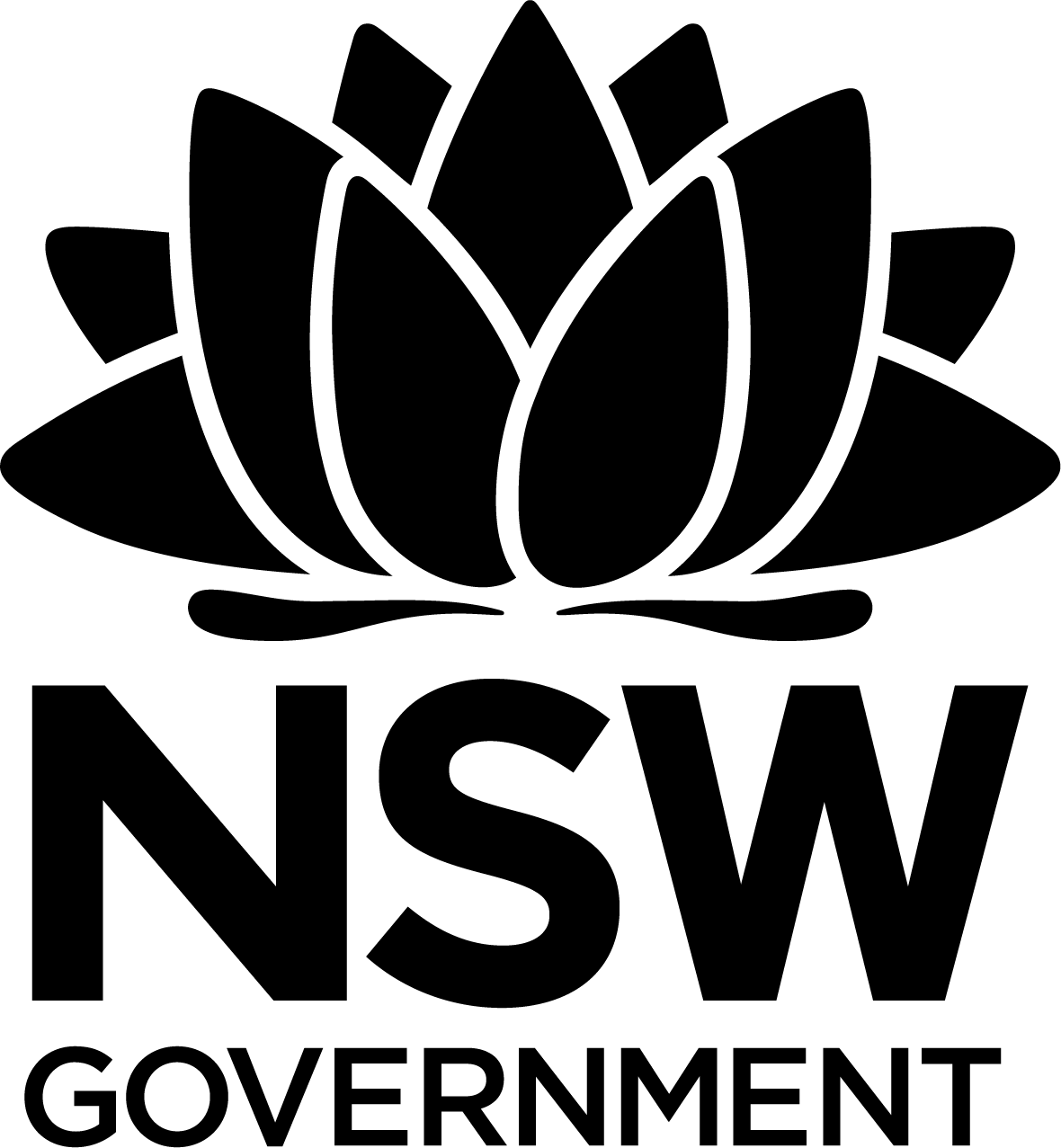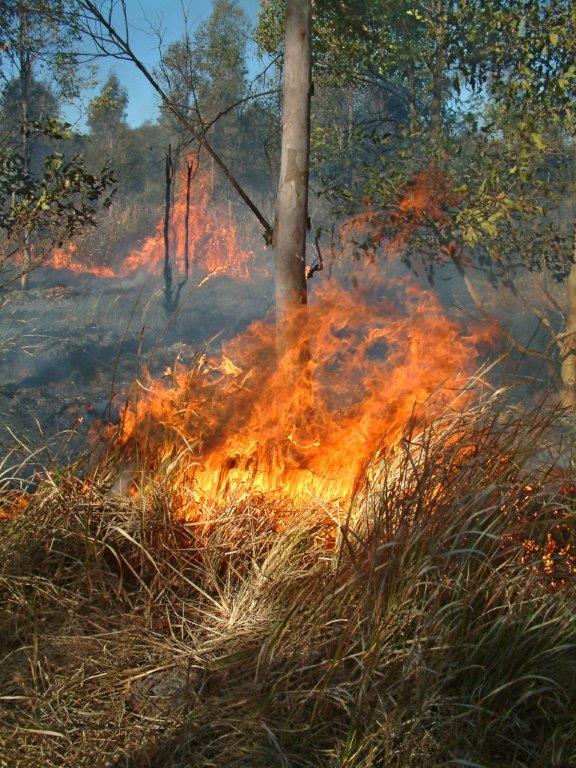
Crown land manager resource
- Home
- Land management
- Bushfires and hazard reduction
Explore this section
Bushfires and hazard reduction
Back to Land management
Action required: EPA investigation into asbestos in mulch
Crown Lands is seeking information from non-council Crown land managers regarding any use of imported mulch on the Crown reserves they manage.
On this page
Bushfires and hazard reduction
Bushfire management
CLMs are responsible under the Rural Fires Act 1997 for preventing, extinguishing and/or notifying a fire-fighting authority of a fire. At a local level (local government or sometimes multiple local government areas), bushfire activities are coordinated by the local Bush Fire Management Committee (BFMC).

BFMCs must produce a Bushfire Risk Management Plan (BFRMP). This plan details how bushfire risks should be managed and the strategies that land managers must undertake to prevent bushfires. The plan should have your input if it imposes duties on you as the CLM.
Regardless of whether or not action is included in a BFRMP, you must take any action as directed by the NSW Rural Fire Service (RFS), and any other practicable steps to prevent or minimise the spread of a bushfire. In addition, you must notify the appropriate fire brigade should there be a fire on Crown land regardless of whether it was purposely or accidentally lit.
If your reserve has been identified as being on bushfire-prone land, you should be in contact with the BFMC and your local RFS centre.
The RFS also administers grant funding for works and projects related to bushfire risk mitigation, such as hazard reduction and fire trail management. Refer to the funding section for further information on this funding program.
Hazard reduction works
To prevent bushfires, CLMs need to ensure that hazard reduction works are undertaken and bushfire management zones are in place, and that there is an appropriate network of maintained fire trails.
Before carrying out any hazard reduction burning, CLMs must consult with the RFS or, in urban areas, the NSW Fire Brigade. A permit to burn may be required under the Rural Fires Act 1997. The department has an agreement with the RFS in which the RFS will undertake hazard reduction burns on behalf of the department and CLMs.
For more detailed information refer to resources available on the RFS website.
Environmental assessment
Before any hazard reduction works are undertaken, the law requires that environmental consequences be considered. There is no point in protecting the environment from bushfire if it is destroyed in the process.
Some works require approval under other environmental statutory instruments, such as tree preservation orders, heritage items and protected flora and fauna regulated by other government agencies.
In many cases the RFS can issue a hazard reduction certificate for some hazard reduction works, which overrides the need to get other environmental approvals. If you are unsure about which approvals need to be obtained, contact the department.
Additional obligations for fire prevention
CLMs may have additional fire obligations for their buildings and other operations. Refer to the Managing Assets and Heritage section.
Sign up for our eNewsletter to receive updates.
This Crown land manager web resource was printed on 27 Jul 2024. The information contained in this web resource is based on knowledge and understanding at the time of writing Jul 2024. However, because of advances in knowledge, users are reminded of the need to ensure that the information upon which they rely is up to date and to check the currency of the information by referring to the website (www.reservemanager.nsw.gov.au).
© State of New South Wales through Department of Planning, Industry & Environment 2024.
Page link: https://reservemanager.crownland.nsw.gov.au/land-management/bushfires-and-hazard-reduction
- Home
- Land management
- Bushfires and hazard reduction

